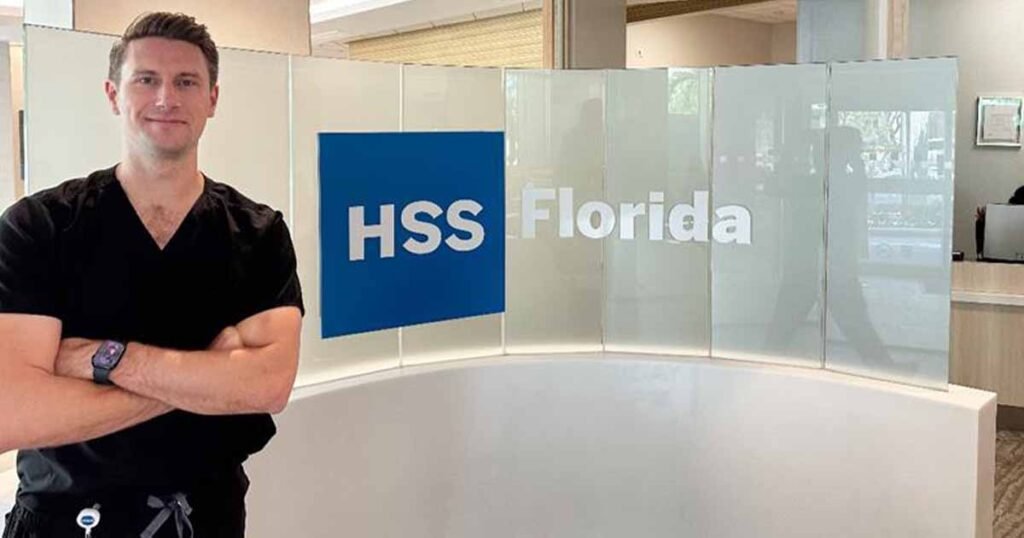Telehealth Technology Revolutionizes Knee Replacement Surgery Recovery at Hospital for Special Surgery Florida
At the Hospital for Special Surgery Florida in West Palm Beach, patients undergoing knee replacement surgery faced challenges in their recovery process. Dr. Spencer Summers, an attending physician specializing in complex hip and knee reconstruction, identified the limitations of the traditional postoperative care protocol and sought a solution to enhance patient outcomes.
The Standard Protocol Challenges
Before the introduction of telehealth technology, patients would typically receive physical therapy sessions in the hospital or surgery center following knee replacement surgery. Upon discharge, they would continue therapy at home with limited guidance and supervision. The lack of consistent therapy sessions, difficulty in scheduling home visits, and reliance on printed exercises often led to suboptimal outcomes for patients.
The Proposal for Telehealth Technology
HSS Florida partnered with ROMTech, a telehealth vendor, to implement a new approach to postoperative recovery. The telehealth platform offered guided therapy sessions multiple times a day, allowing patients to engage in therapeutic exercises from the comfort of their homes. Additionally, patients were provided with a device for performing pedaling exercises, a critical component of the recovery process recommended by knee replacement surgeons.
Meeting the Challenge with Telehealth
Dr. Summers recognized the immediate benefits of incorporating telehealth technology into the recovery protocols. Patients expressed feeling empowered as they took control of their rehabilitation through structured therapy sessions. The real-time tracking of progress and the ease of following a consistent plan boosted patient motivation and engagement.
Results and Outcomes
A retrospective cohort analysis conducted at HSS Florida revealed significant improvements in patient outcomes with the use of telehealth technology. Patients reported less pain, demonstrated greater range of motion in their knees, and achieved higher functional outcome scores compared to those following the standard recovery protocol. Moreover, the utilization of healthcare resources and overall care costs were significantly lower for patients using the telehealth platform.
Advice for Healthcare Providers
Dr. Summers advises healthcare providers to consider integrating tele-rehabilitation options into their postoperative care protocols for knee replacement surgery. The enhanced patient satisfaction, improved outcomes, and cost savings associated with telehealth make it a valuable addition to traditional therapy approaches. Overcoming logistical challenges and streamlining the integration of telehealth ordering processes can lead to more efficient and effective patient care.
In conclusion, the implementation of telehealth technology at HSS Florida has revolutionized the recovery process for patients undergoing knee replacement surgery. By leveraging innovative solutions and embracing tele-rehabilitation, healthcare providers can enhance patient outcomes, reduce costs, and improve overall satisfaction in postoperative care.


